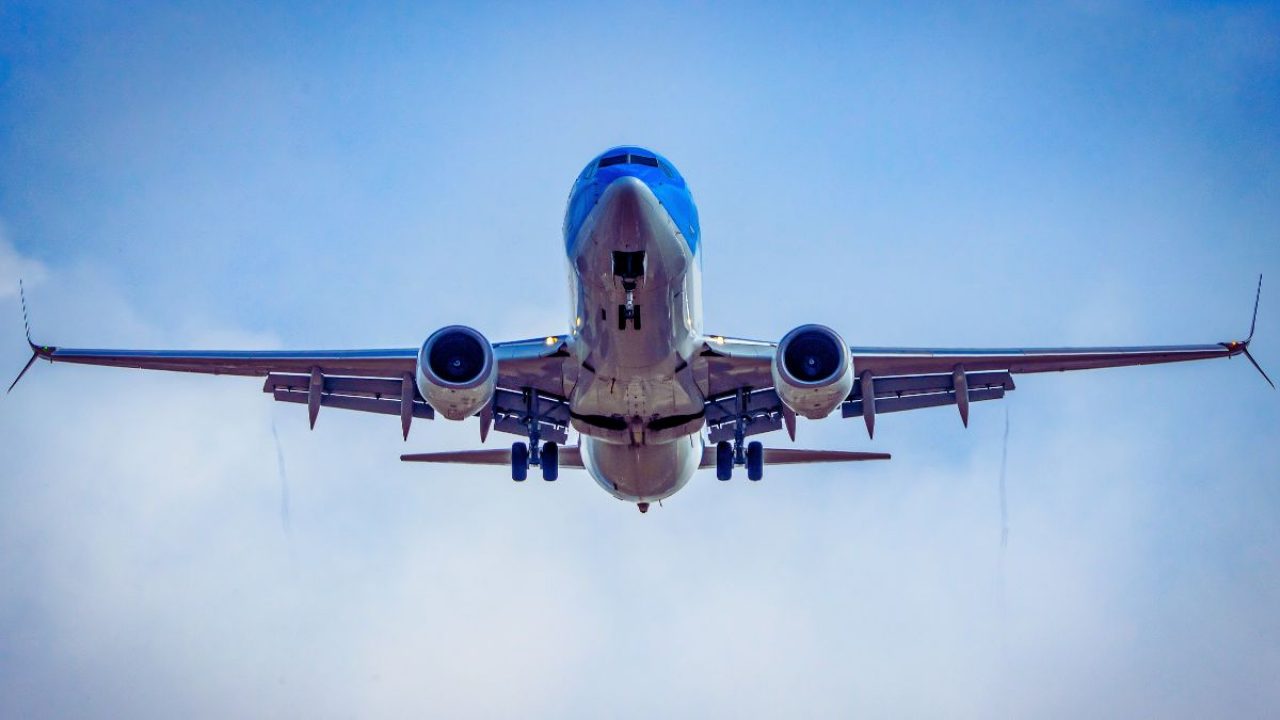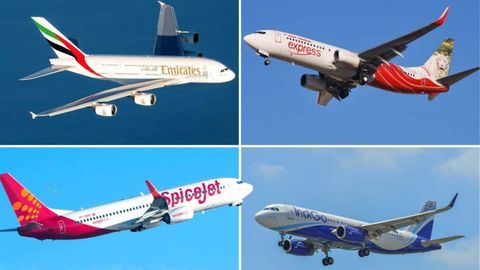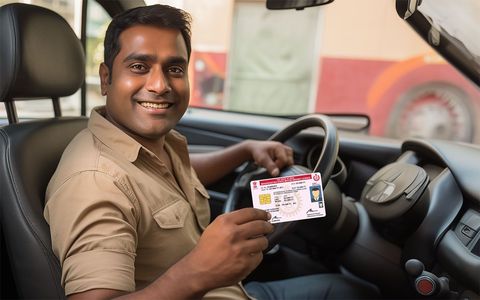Explore Connecting Flights in Dubai: Key Details, Advice, and Transfer Basics
Dubai is one of the world’s most important air travel hubs, known for its strategic location and well-connected airports. Whether you’re flying from Asia to Europe, Africa to America, or simply stopping on a multi-leg journey, chances are your flight may pass through Dubai.
Connecting flights refer to journeys where a traveler switches planes at an intermediate airport before continuing to the final destination. In Dubai, most connections happen at Dubai International Airport (DXB), one of the busiest and best-equipped transit airports globally. Another increasingly popular hub is Al Maktoum International Airport (DWC), though it handles fewer international transits.

Why Connecting Flights in Dubai Matter Today
Dubai plays a key role in global aviation for both passengers and cargo. Here’s why understanding connections in Dubai is important:
-
High traffic volume: Over 86 million passengers passed through DXB in 2023, with a significant percentage on connecting flights.
-
Transit efficiency: The airport layout, bilingual signage, and availability of shuttles make it easier for travelers to switch flights.
-
Layover logistics: Long layovers are common, and knowing your options like lounges, visa rules, and baggage handling can greatly improve your experience.
-
Travel disruptions: With increasing flight volume and global travel disruptions, travelers must stay informed on timing, transfers, and legal requirements.
Dubai serves travelers from various backgrounds: tourists, business professionals, migrant workers, and more. Delays or confusion during transit can lead to missed flights, visa issues, or even deportation making accurate knowledge essential.
Recent Updates in Dubai Airport Transit
The travel landscape in Dubai has seen notable developments in the past year. Here are some important updates:
| Change | Details |
|---|---|
| Biometric e-gates | As of January 2024, DXB offers biometric scanning for faster immigration and boarding. |
| Improved Terminal 3 facilities | Emirates-exclusive Terminal 3 now features new lounges, wellness zones, and quicker security checks. |
| Increased flight connections | In mid-2023, Emirates and Flydubai expanded codeshare routes, enhancing global reach. |
| Layover relaxation zones | “Sleep ‘n Fly” sleeping pods expanded in 2024, offering pay-per-hour rest options in Terminals 1 and 3. |
| Transit visa process | UAE simplified the 48-hour and 96-hour transit visa applications through airline support and the ICP smart services app. |
Dubai is investing heavily in making transits smoother as part of its long-term strategy to become the top aviation hub in the world by 2030.
Transit Laws, Visa Rules, and Airport Policies in Dubai
Navigating legal and policy-related aspects of transiting in Dubai can affect your travel plans. Here are key points:
Transit Visa Rules
No visa required if you remain in the airport’s transit zone and your next flight is within 24 hours.
48-hour and 96-hour UAE Transit Visas are available for travelers who want to leave the airport and explore the city during layovers.
Cost: AED 50–100 (approx.)
Issued by airlines, not at immigration counters
Requires passport valid for at least 6 months and confirmed onward ticket
Baggage Policies
If booked on a single ticket, luggage is usually transferred automatically.
On separate bookings, you may need to:
Clear immigration
Collect and re-check baggage
Pass through security again
Terminal Transfers
DXB has three terminals:
T1 and T3: Connected via shuttle train (airside)
T2: Requires shuttle bus (landside), often a longer transit process
Always check your arrival and departure terminals to plan accordingly.
Security Screening
Expect standard liquid and electronics restrictions.
DXB has automated screening lanes and fast-track options for business class or special assistance passengers.
Tools and Resources for Connecting Flights in Dubai
Several digital and physical tools can help streamline your journey:
Apps and Websites
Dubai Airports App (iOS & Android) – Live flight updates, terminal maps, lounge details, and alerts.
Emirates App – Best for passengers flying Emirates; includes boarding pass, gate info, and baggage updates.
ICP Smart Services – For applying for UAE transit visas or checking immigration requirements.
FlightConnections.com – To plan multi-leg journeys and confirm feasible layover times.
Services at the Airport
Marhaba Services – Meet-and-greet service to guide you through immigration and terminals.
Sleep 'n Fly – Bookable rest pods inside transit zones.
Free Wi-Fi – Available across all terminals, with good speeds for video calls or work.
Prayer Rooms, Showers, and Lounges – Widely available, with access varying by airline or class.
Frequently Asked Questions (FAQs)
Q1. Do I need a visa for a layover in Dubai?
A: If you are staying in the airport’s transit area and your next flight is within 24 hours, no visa is needed. For leaving the airport, you can apply for a 48- or 96-hour transit visa.
Q2. How much layover time should I allow in Dubai?
A: For same-terminal transfers, 2–3 hours is generally enough. If switching terminals or on separate tickets, allow 4–6 hours to be safe.
Q3. Can I leave the Dubai airport during my layover?
A: Yes, with a valid transit visa. Many travelers with layovers over 8 hours explore the city, visiting the Burj Khalifa, Dubai Mall, or nearby beaches.
Q4. What if I miss my connecting flight?
A: If booked under one itinerary, the airline will usually rebook you at no cost. If booked separately, you may need to purchase a new ticket and arrange a visa if exiting the transit zone.
Q5. What terminals are used for connecting flights in Dubai?
A: Most international connections happen via Terminal 3 (Emirates) and Terminal 1 (various airlines). Terminal 2 is used mainly for regional and budget airlines. Always confirm your terminal in advance.
Conclusion
Dubai is not just a stopover it's a carefully planned hub for connecting global travelers. Whether you're on a short 2-hour transfer or a long 12-hour layover, understanding how connections work at Dubai International Airport can make your journey more efficient and stress-free.
Use reliable apps, know the visa rules, allow sufficient layover time, and familiarize yourself with the terminal layout. With good planning, your transit through Dubai can be smooth and even enjoyable.





